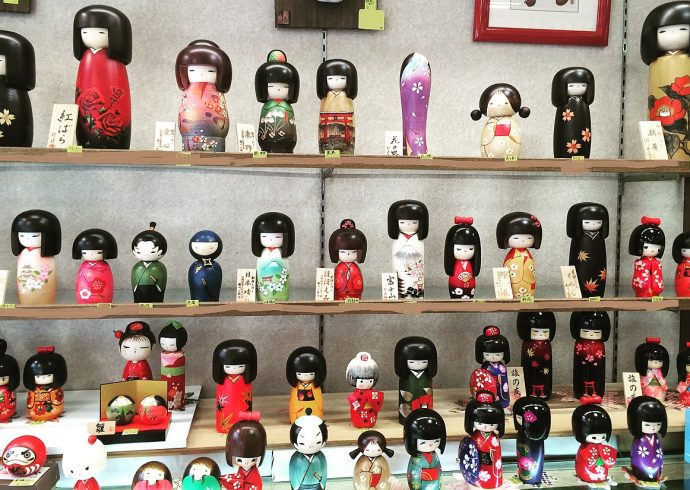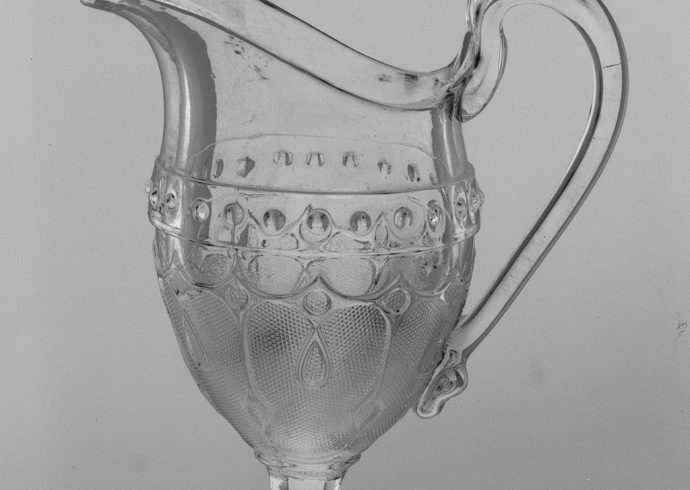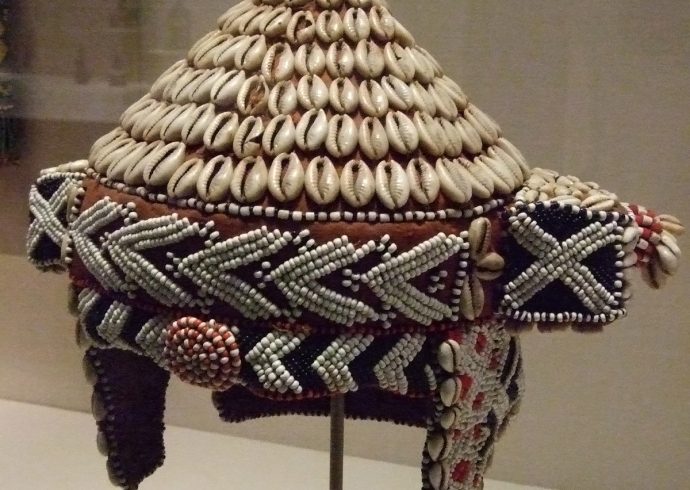
Creative ideas for displaying antiques
Purchasing and collecting antiques can be a worthwhile investment. Displaying antiques can sometimes be a challenge, especially if there are only a few which do not require a display cabinet. For some collectors of antiques, the classic wood display cabinets with glass doors have become a standard over the decades for displaying glass and porcelain. Wall length bookcases are suitable for books in addition to antiques strategically placed on different shelves, or even occupy a single shelf, as if it is a cabinet of curiosities.
Carved antique wood can be beautiful to collect, especially tiger oak. Dressers, desks, cabinets, chairs, a variety of tables and coffee tables are commonly found in antique shops and secondhand stores. If needed, have the piece of antique furniture professionally restored. Never paint antique carved wood as this takes away from the beauty of the natural wood grain.
Finally, decorating with antiques can be done with a minimalist look if desired, switching out pieces for a fresh, updated look in your home.
Below are some commonly collected antiques:
Kitchen trivets. Trivets can be the perfect wall decoration in a kitchen when not in use, especially if they are in a variety of colors and materials, from metal to wood. Measure off a vertical section in the desired spot in your kitchen just wide enough to hang the trivets on. Allow one inch of empty space between the trivet when marking off space for each one and where the nail or hook will hold each trivet.
Milk glass with blue and white Asian porcelain. There is something timeless about blue and white Asian porcelain, which has taken shape from plateware to vases, figurines, and objects of art. If you want to display them in a manner to really make them stand out, add a few pieces of milk glass on a shelf or on an end table. An example might be a milk glass candy dish on a blue and white plate.
Paperweights. A variety of millefiori, lamp work, frit, and lead crystal paperweights can be arranged on a desk or on top of a bookcase. Some common antique paperweight manufacturers include: Perthshire, Caithness, Whitefriars, Murano, Baccarat, Clichy and John Gentile. The photo of paperweights in this article is from the author’s collection.
Victorian figurines. Sometimes manufactured as a man and woman couple, or more commonly as a lady in a colorful dress, these porcelain and bisque figurines have been made in England, Germany, France, Italy and Japan. Group them on a single shelf of a ceiling to floor bookcase.
Wall ornaments. More creativity can be put in a collection of small metal wall ornaments compared to the much larger ones meant to occupy a single wall as a whole. If you have stairs in your home, hang the small wall ornaments on the wall in an ascending manner, measured out by each step. Or arrange them above a fireplace mantel on the wall.
Antique books. The more ornate antique books – ones with gilded covers and edges, books with marbled end papers and edges – do not necessarily need to be arranged on a bookshelf in a traditional manner. Acrylic bookstands are perfect for showing off the front covers on any flat surface, provided they are kept from direct sunlight and heat, which can bleach fabric covers.
Antique trays. Whether they are made of sterling silver, crystal, or carved wood, are perfect for holding antique crystal cosmetic containers and perfume bottles. Small potpourri vases can also be placed on the tray as a contrast to the crystal.
Stained glass windows. These can be mounted on hinges in front of an existing window that fits to size.
Salt and pepper shaker sets. Display these on a shelf of a cabinet or open hutch in the dining room. Antique teapots can be displayed the same way. To display them one at a time, place the set on the table of your dining room.
Putti statues. Instead of that vase of flowers on the dining room table, place a French or Italian bronze putti cherub in the center. Or place the cherub on a narrow wall table. If you own several putti cherubs, display them throughout your home.
Image Credit: Antique paperweights from the author’s collection. Zindbar.


